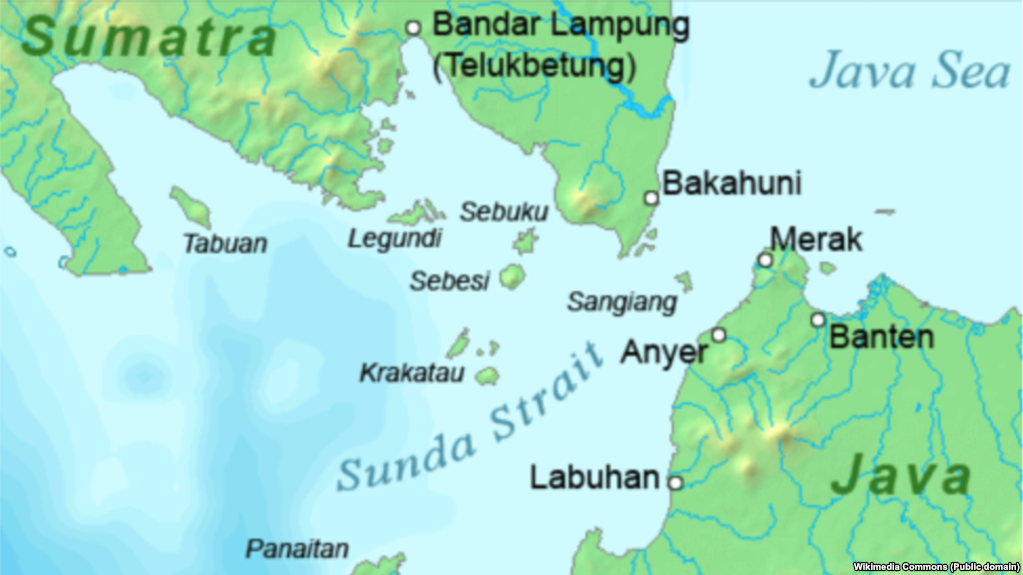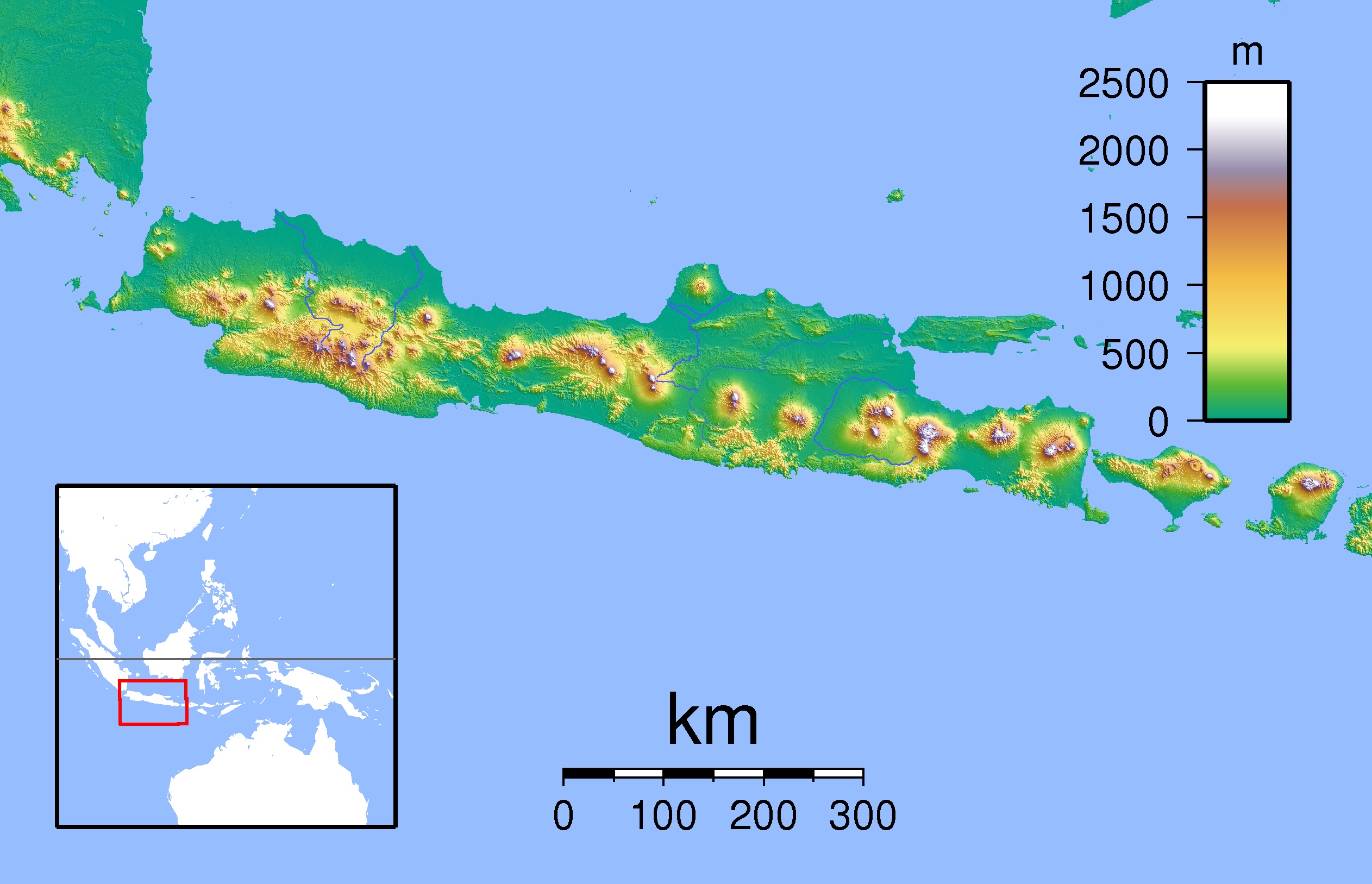
Many of the place-names are understood as native names or descriptions of Sumatran landmarks, without having to assume much textual error or to supply elaborate explanations. In this paper it is proposed that the east coast of Sumatra is the origin of a section of the western coastline of Java la Grande. It is otherwise thought to be made up of coastlines translated from elsewhere, notably Southeast Asia or South America, or it was invented for a cosmographical purpose. The earliest and most persistent theory holds that it is evidence of an early sixteenth century Portuguese discovery of Australia.

Its identification has long been controversial. Users are advised to contact the source organisation to discuss appropriate reuse.Abstract : In the mid sixteenth century, world maps and atlases produced at or near Dieppe on the Channel coast of France, a land mass called Java la Grande is depicted south of the Indonesian archipelago. Reuse of any Aboriginal or Torres Strait Islander material on this site may require cultural clearances. The length of this time varies and is determined by the community. Users of this site should be aware that in many areas of Australia, reproduction of the names and photographs of deceased people is restricted during a period of mourning. These views are not necessarily the views of Victorian Collections. Or recorded but may not be considered appropriate today. Some material may contain terms that reflect authors’ views, or those of the period in which the item was written Content also may include images and film of places that may cause sorrow. Please be aware that this website may contain culturally sensitive material - images, voices and information provided by now deceased persons.Ĭontent also may include images and film of places that may cause sorrow.Īboriginal and Torres Strait Islander people are advised that this website may contain culturally sensitive material - images, voices and information provided by now deceased persons. We celebrate the history and contemporary creativity of the world’s oldest living culture and pay respect to Elders - past, present and future.



We acknowledge the Traditional Owners of the place now called Victoria, and all First Peoples living and working on this land.


 0 kommentar(er)
0 kommentar(er)
